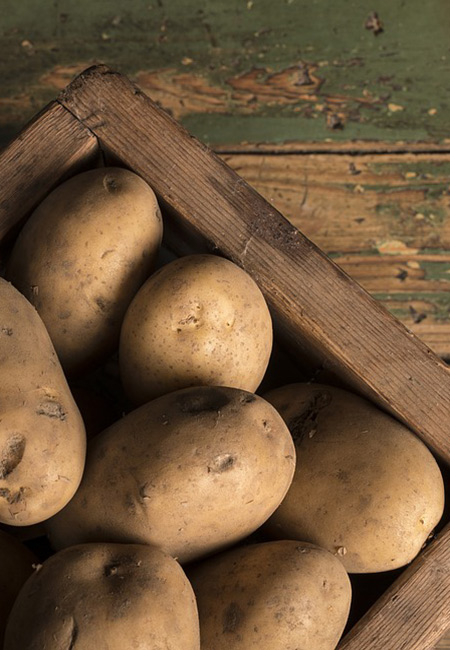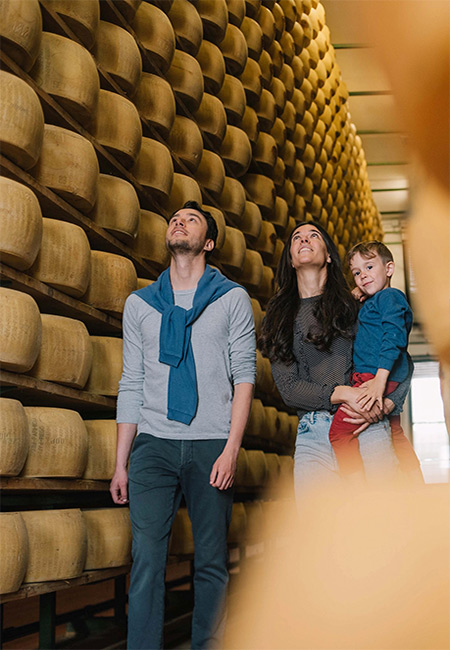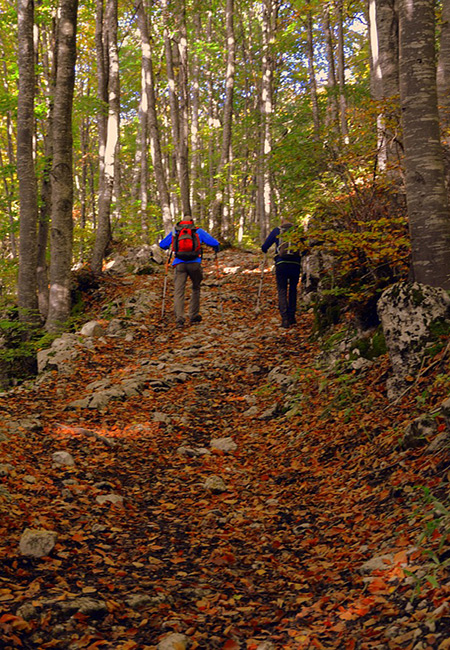HOTEL RESTAURANT BELVEDERE
Live Montese
Montese, a municipality in the province of Modena, is a town to be experienced in all seasons, where the healthy climate and clean air that have made it a privileged destination for illustrious scholars of the University of Bologna since the end of the 19th century are still intact.
The town developed at the foot of the thirteenth-century fortress, now completely restored, where you can admire the double wall, with the pointed arch portal, the crenellated tower and the cistern.
The Historical Museum is located in the main building, on two floors. Other historical-architectural attractions are the ancient Ice House and the Montello trenches.

LOCAL PERFUMES
The Montese Potato
What distinguishes the Montese potato from other varieties on the market is its particular flavor, which derives from the characteristics of the soil in the production area, together with the high shelf life of the product without resorting to chemical treatments.
The varieties mainly grown are Spunta (yellow flesh), Kennebec (white flesh), Desireé (red skin and yellow flesh).
The potato has been the basis of peasant diets for many years, and its deep-rooted presence is evident in numerous local dishes and recipes (from first courses to second courses as well as desserts) that include it as a main ingredient. For the preparation of desserts, potato flour was preferred to conventional flour because it made the dough softer and more delicate.

THE FLAVOURS OF TRADITION
Parmesan cheese
The first dairies for the production of Parmigiano Reggiano were born after the Second World War, but for centuries in every home the cheese and ricotta have been prepared for family consumption.
The purity of the territory allows for the creation of a great Parmigiano Reggiano and some dairies in Montese have a long tradition of production and sales.

THE FLAVOURS OF TRADITION
Crescentine, Ciacci and Chestnuts
Once upon a time, the diet of mountain people was very simple, based almost exclusively on chestnuts, transformed into flour and then into polenta, crescentine and ciacci accompanied by dairy products or sausages.
Crescentine, cooked in terracotta pans (tigelle) and ciacci were also prepared with wheat flour, like zampanelle, “cousins” of borlenghi, from which they differ in the seasoning, which in Montese is prepared raw.
The harvesting of chestnuts and their transformation into flour, to be used as the main food by mountain populations, was for many centuries and until a few decades ago the basis of the local economy.

HARMONY AND NATURE
The Itineraries and the Gothic Line
The territory of Montese is crossed by a network of trails of about 130 km, which branches off from the Sentiero Belvedere.
Walking along the trails of Montese, which wind through nature and artistic testimonies, can help to understand the evolution over time of the relationship between man and the territory.
The network of Places and Trails of the Gothic Line winds through villages and woods, enriched with monuments and museums. Like a dialogue between the past of a long year of war and a present aimed at peace, the Diffused Museum runs through the mountains and valleys of the Montesino, recounting the harshness of the period from the summer of '44 to the end of the Second World War, in April '45.



